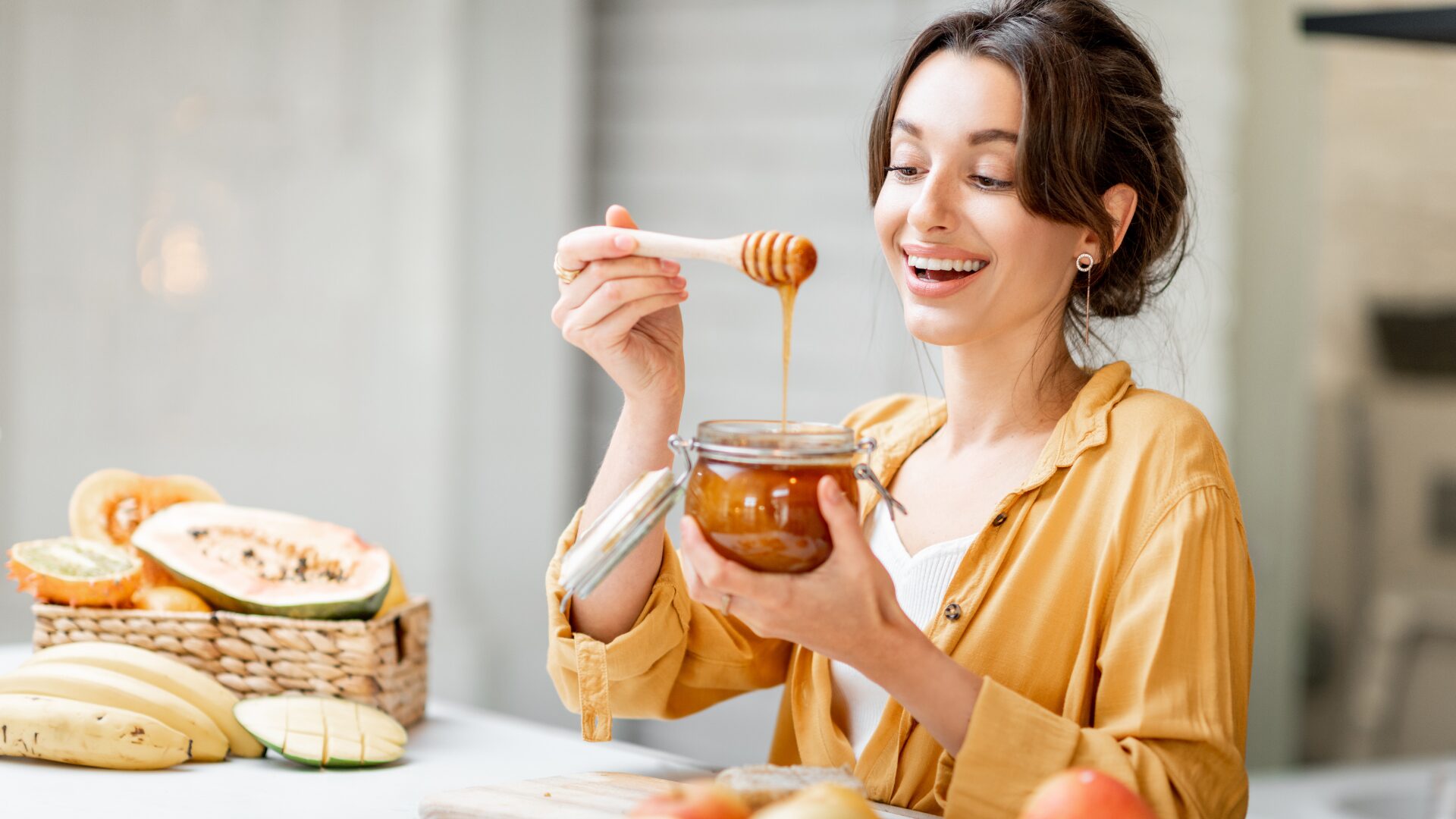As much as those in the cannabis industry joke about all the pot puns—”clearing the smoke,” “getting into the weeds,” and not “blunting this budding industry”—the cannabis food and beverage market is no laughing matter.
The global market for cannabis edibles is on track to reach $25.7 billion in 2022, with cannabis bakery items, candy, and beverages leading the way by category, according to Technavio. Major beer and liquor brands are also exploring opportunities to sell their popular products infused with cannabis. The most recent National Restaurant Association survey of chefs even listed CBD– and cannabis-infused drinks and food as the top two hottest trends of the year. The excitement centers around unique cuisine opportunities as well as experiential dining experiences. However, is it legal? The answer: It depends.
Let’s start with getting the terminology straight. Cannabis refers to the species of the plant Cannabis sativa, which produces numerous compounds called cannabinoids. The two most well-known cannabinoids globally are THC, which has psychoactive properties creating the intoxicating sensation of being “high,” and CBD, which does not have the THC high but is believed to have promising wellness and therapeutic applications, such as reducing anxiety and pain.
“Marijuana” and “hemp” are broad classifications of cannabis based on the content of THC. The non-intoxicating hemp has de minimis quantities of THC and was used for centuries to produce food, rope, clothing, paper, and housing material. Marijuana can induce psychotropic or euphoric effects and is primarily used recreationally. The divergent paths of marijuana and hemp in food and drinks are driven primarily from their distinct legal statuses.
Cannabis as a lawful ingredient in food and other products has been shaped by two recent seismic developments. First, starting with Colorado and Washington in 2012, many individual U.S. states legalized marijuana for adult recreational use. Second, Congress passed legislation known as the 2018 Farm Bill, which legally formalized the distinction between marijuana and hemp and its derivative products in the cannabis plant.
As a result, marijuana is now defined as any parts of the cannabis plant with a THC concentration of more than 0.3%, and hemp is parts of the plant at or below that threshold percentage. The 0.3% THC threshold is often called the “hot” line by farmers and manufacturers of cannabis products. The consequences of these two events in the cannabis industry has been compared to the end of Prohibition for alcohol and the beginning of the internet.
Marijuana in Food
At this time, marijuana in food as in other consumer products is illegal federally as it remains a Schedule I controlled substance. Additionally, FDA prohibited it as an ingredient in food per the Federal, Food, Drug, and Cosmetic Act as THC is the active ingredient in an approved drug.
Notwithstanding its illegality, manufacturers of marijuana-infused food and drinks are operating on the risky proposition that federal law enforcement authorities will decline to impose narcotics laws provided that a farm-to-fork cannabis food operation remains entirely vertically integrated within a state where such use is legal, such as California, Colorado, and Michigan. Based on a policy rolled out under President Obama, and partially rescinded under President Trump, the federal government essentially deferred cannabis enforcement to state and local authorities for entirely intrastate activity.
Hemp-Derived CBD in Food
While hemp and its derivatives, such as hemp-derived CBD, are no longer federal controlled substances, they continue to be regulated by FDA based on product categories, including human and pet food and drinks.
At present, FDA’s announced position is CBD, although permitted subject to other rules in cosmetics, is prohibited as an ingredient in food or dietary supplements sold in interstate commerce as it is the active ingredient in an FDA-approved drug.
Then why is CBD a ubiquitous food ingredient in stores and restaurants nationally? Again, CBD businesses are banking on a continued lack of federal regulatory enforcement action provided the businesses label their products accurately, follow good manufacturing practices, avoid making therapeutic drug claims, such as for use to relieve pain, reduce inflammation, or as a treatment for a disease or medical condition, and refrain from marketing to vulnerable groups such as pregnant women or children.
As noted below, many experts believe it is only a matter of time until FDA permits CBD in food and beverages and some businesses seek a first movers advantage positioning themselves as a dominant player in the market when that does occur.
Future of Cannabis in Food
While the descheduling of marijuana nationally does not appear likely in the near future absent more data on the effects of long-term and daily usage, as well as effects on vulnerable groups, the regulatory future of CBD and other cannabinoids in food seems bright. The FDA Commissioner recently submitted FDA’s required report to Congress on efforts to develop an explicit policy for CBD in consumer products, including food.
While the report broke little news, some clues therein along with FDA Commissioner Stephen Hahn’s, MD, recent comment it was a “fool’s errand” to try to forbid CBD use in consumer products suggests FDA may loosen the regulatory reins with respect to CBD.
Further, there is immense pressure on FDA from Congress and industry, including the American Herbal Products Association, to find a legal pathway to market for cannabis in food. That pressure was only increased in Feb. 2020, when the UK Food Standards Agency created a pathway to market for CBD in food for that country.
Ultimately, it is likely FDA will stake out a middle ground between total prohibition and complete permissiveness—allowing CBD and other promising cannabinoids to be used as an ingredient in food or dietary supplements under limited parameters, including capping CBD concentrations and articulating purity standards.
If and when that happens, consumers are likely to start receiving much-needed data on whether anecdotal health and wellness claims related to cannabinoids are supportable.
By Paul Joseph, Of Counsel at Foley & Lardner LLP. Reach him at pjoseph@foley.com.









